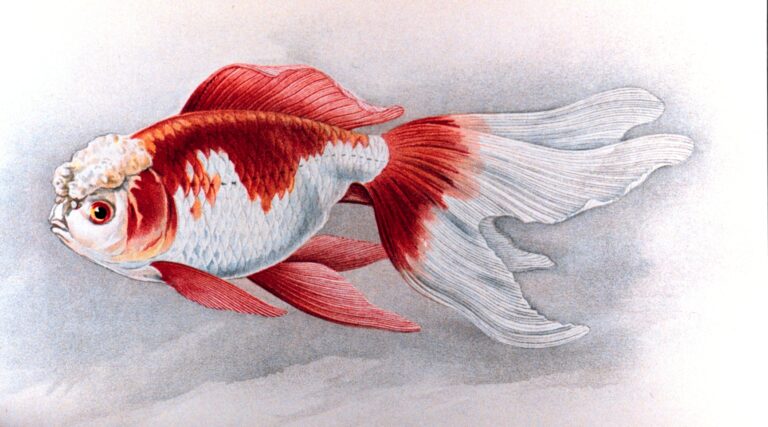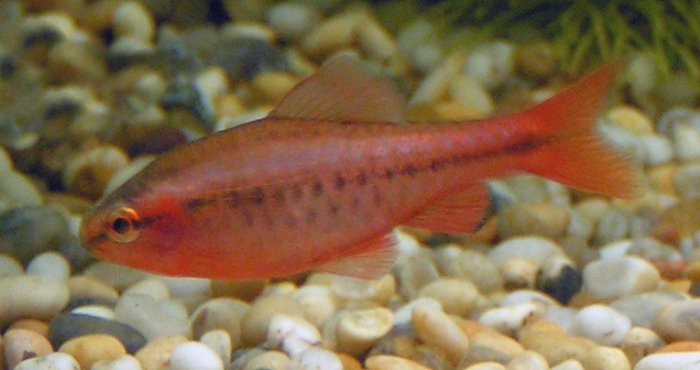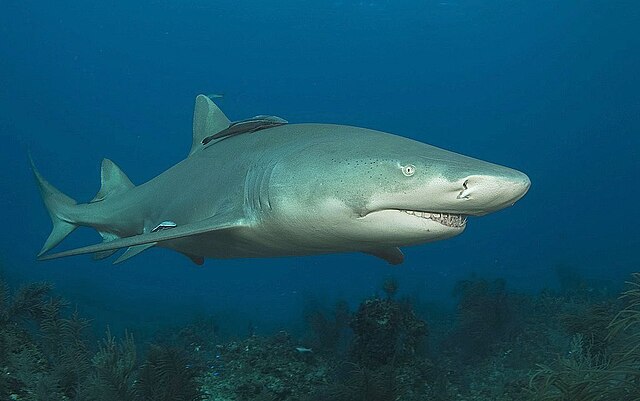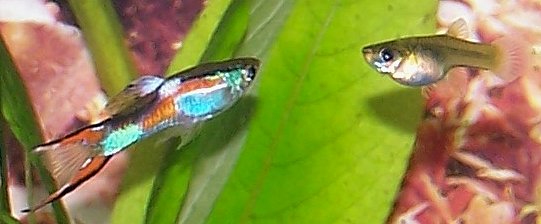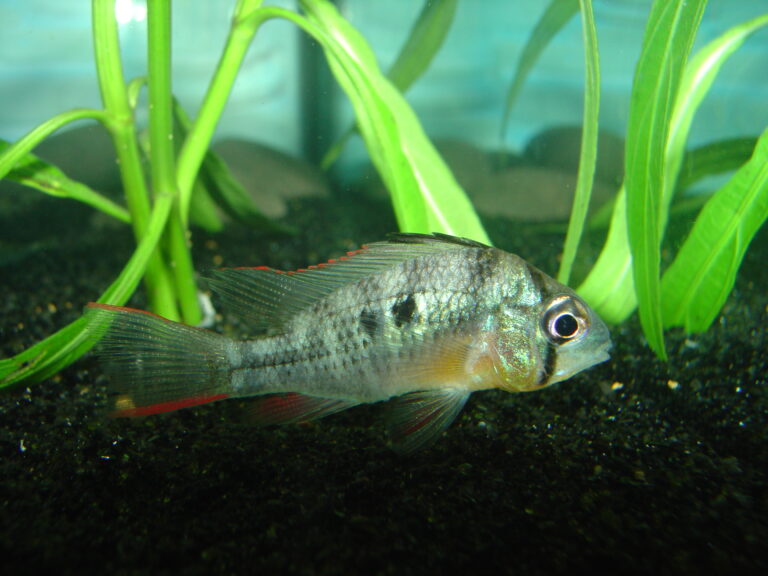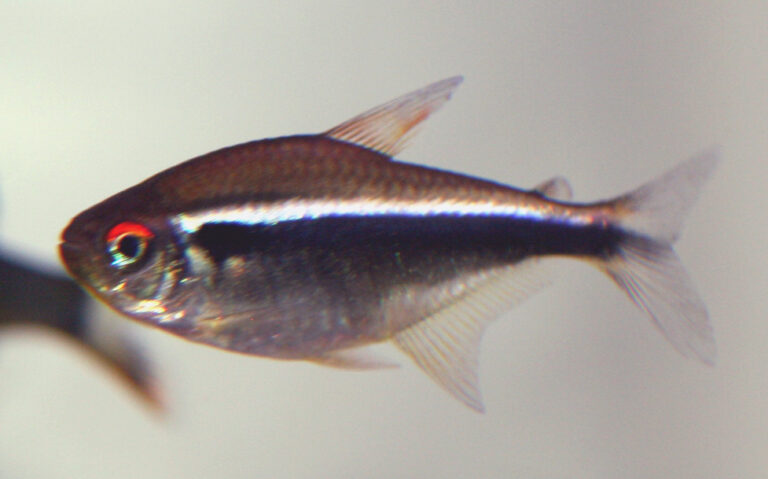How I Caught a 47-Pound Goliath: Big Grouper Fishing Guide
By Adam Hawthorne | Last Modified: June 4, 2025
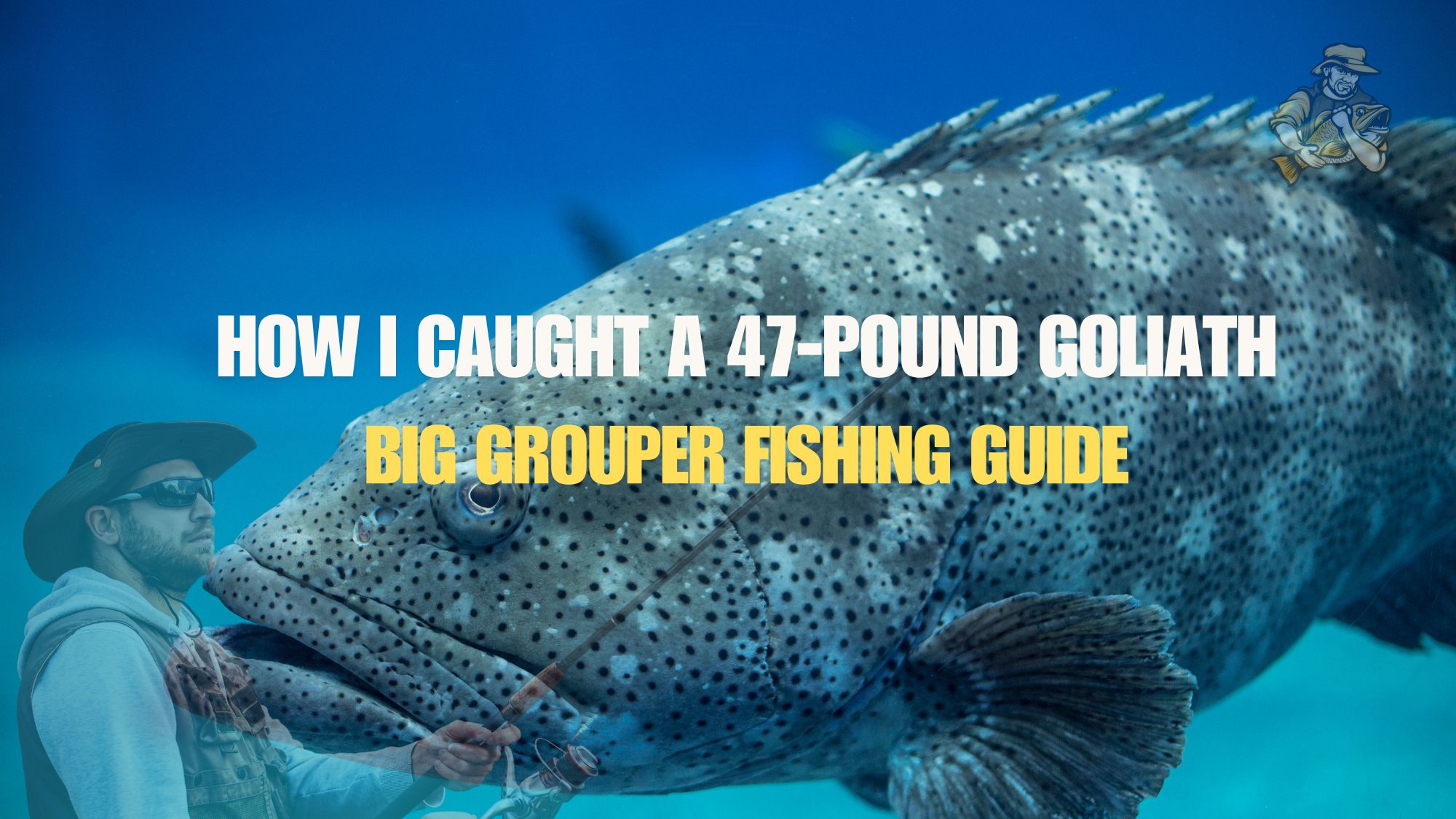
That morning started like most fishing trips – with complete optimism followed by immediate disappointment. We’d motored 12 miles offshore from Clearwater, Florida, fighting a nasty chop that had half our crew looking a little green. My brother-in-law Mike was already regretting the extra beers from the night before.
I’d been chasing a respectable grouper for three seasons, coming up empty every time. Sure, I’d landed plenty of undersized gags and reds that went straight back into the water, but nothing worth mounting a camera for. But something felt different about this spot – a limestone ledge in 90 feet of water that my buddy Dave (who’s been guiding these waters for over 20 years) had marked after seeing it absolutely loaded with bait on his sonar.
By noon, I was starting to think this trip would end like all the others – with sore arms and a cooler full of nothing but melting ice. Then it happened. The rod doubled over so violently I nearly lost it overboard. Forty-five minutes later, we were staring at a 47-pound goliath grouper – a fish that would completely change how I approach grouper fishing forever.
I’m not going to pretend I’m some kind of grouper whispering expert. What I am is a guy who’s made every mistake possible while targeting these brutes, spent thousands on the wrong gear, and finally figured out some approaches that actually work. So let me save you some time, money, and frustration.
What Makes Grouper Fishing Different (And Why Most Anglers Fail)
Most recreational anglers approach grouper fishing like they’re after bass or walleye, just with heavier tackle. That’s mistake number one. Grouper aren’t predators that chase – they’re ambush feeders that fight dirty.
These fish live among structure that will cut your line faster than a new fillet knife. They hit hard, then immediately try to retreat to their rocky homes. You have seconds to turn their head and gain control before they wrap you around something and break off.
I learned this lesson repeatedly on the Sebastian Inlet jetties. Five straight trips ended with broken lines and the distant sound of my fishing buddies trying not to laugh. On my sixth trip, I watched a salty old-timer land three nice gags in an hour using a technique completely different from what I’d been doing.
Most fishing articles will tell you grouper are “hard fighters.” That’s like saying hurricanes are “a bit windy.” The truth is you’re essentially trying to drag a bowling ball attached to a car battery out of a concrete bunker, and that bowling ball is actively trying to get back to its hole.
Types of Grouper Worth Targeting
Florida waters have several grouper species, but three main types are most accessible to recreational anglers:
- Gag Grouper – The most common target for inshore and nearshore fishing, they typically range from 10-30 pounds but can reach 50+. They’re found around structure in 30-200 feet.
- Red Grouper – Generally smaller than gags (average 5-15 pounds) but what they lack in size they make up for in table quality. They prefer slightly deeper water and more open bottom areas.
- Black Grouper – Similar to gags in size and habitat, they’re less common but considered by many (including me) to have the best flavor. They’re typically found in slightly deeper water than gags.
- Goliath Grouper – The monsters of the grouper world. They’re protected in Florida waters, so catch-and-release only. They can exceed 400 pounds and will absolutely destroy tackle not designed for this class of fish.
There are plenty of other grouper species you might encounter – snowy, yellowedge, warsaw – but they typically require specialized deep-dropping techniques in waters 300+ feet deep. Let’s focus on techniques that don’t require a commercial fishing license and a boat the size of a small yacht.
Essential Grouper Fishing Gear (That Won’t Get Destroyed)
After having my “standard” heavy tackle destroyed by multiple grouper, I realized I needed to completely rethink my approach. Here’s what I eventually settled on after much trial, error, and investment in gear that didn’t cut it:
Rods: Backbone Matters More Than Length
I wasted $300 on a “grouper rod” from a big-box store my first season that snapped like a twig on my first decent hookup. The marketing was great, the actual backbone was non-existent.
For boat fishing, I now use a 5’6″ extra-heavy jigging rod with a parabolic bend. The shorter length gives you more lifting power and control when a fish is trying to dive under the boat. My current go-to is the Shimano Trevala – not cheap at around $200, but I’ve had mine for four years of hard fishing with no issues.
For shore-based jetty or pier fishing, you’ll need more length – a 7′ to 8′ heavy conventional rod with serious backbone. Just make sure whatever you choose has quality guides – grouper will expose any weakness in your tackle.
I’ve had good luck with the Penn Battalion series for this application. About half the price of high-end rods but still capable of handling serious fish. My fishing buddy Tony swears by custom rods, but I can’t justify spending $500+ when the $200 option has yet to let me down.
Reels: Two Essential Features
After burning through two reels that claimed to be suitable for grouper fishing, I learned two non-negotiable features:
- A rock-solid drag rated for at least 25-30 pounds of pressure
- High gear ratio (at least 6:1) for quickly turning a fish’s head
For boat fishing, I use a Shimano Torium 20 conventional reel. Yes, it’s expensive (around $250), but after watching a budget reel literally fall apart during a fight with a big gag, I decided some things aren’t worth skimping on.
If you’re more comfortable with spinning tackle, the Penn Slammer series has held up well for several of my friends who target grouper. Just make sure to go with at least the 6500 size to have enough line capacity and drag pressure.
One annoying thing about the Torium – the handle has come loose on me twice during fights with big fish. I now use blue Loctite on the handle screw as cheap insurance against this heart-stopping problem.
Line Selection: Forget Fancy, Go Practical
I’ve tried all the expensive braided lines, and honestly, for grouper fishing, I’ve settled on 65-80 lb PowerPro. It’s relatively affordable ($30-40 for 300 yards), has excellent abrasion resistance, and most importantly, has never failed on a fish.
For leader material, I use 80-100 lb fluorocarbon for fishing around rocky structure. When targeting grouper around wrecks with more metal and sharp edges, I switch to 100-125 lb mono since it has better abrasion resistance than fluoro in those conditions.
Don’t get suckered into super-expensive lines claiming magical properties. I fished next to a guy using some $90 specialty braid last summer who got broken off three times while I landed two nice gags on my “budget” setup.
Terminal Tackle: Size Matters
After losing countless fish to straightened or broken hooks, I’ve learned grouper require serious hardware:
- Hooks: 7/0 to 9/0 circle hooks are non-negotiable. My preference is Owner Super Mutu hooks, which cost about $2 each but have never failed me. Circle hooks also help with conservation since they almost always hook fish in the corner of the mouth rather than being swallowed.
- Sinkers: For deeper water, you’ll need 4-16 oz weights depending on current. Bank sinkers work fine in moderate current, but downrigger weights or specialized grouper sinkers perform better in strong current.
- Leader Assembly: I use a fish-finder rig with an 80-100 lb test leader about 5-6 feet long. This gives the bait some natural movement while keeping it near structure.
The tackle shop near my house in Traverse City doesn’t carry any of this specialized gear – learned that lesson after wasting an afternoon before a Florida trip. If you’re coming from out of state, either order online or wait until you reach grouper country to stock up.
Finding Productive Grouper Spots (Beyond the Obvious)
During my first few grouper trips, I made the rookie mistake of heading straight for well-known public reefs and wrecks. What I didn’t realize was these spots get hammered constantly, and the remaining fish are either too small or too educated.
The 47-pounder I mentioned? That came from a spot that doesn’t show up on any public charts. My friend Dave found it by methodically searching with his sonar between two popular wrecks that everyone fishes.
If you’re hiring a charter, a good captain already knows productive spots. But if you’re on your own, here’s how to find better grouper grounds:
Near-Shore Natural Structure
Some of my most productive grouper fishing has come from limestone ledges and rock piles in 30-90 feet of water. These are often overlooked in favor of flashier wrecks.
Last October, I spent three days in the Gulf near Tampa only fishing natural bottom that showed good relief on the sonar. We caught 11 keeper gags while boats heading to the popular artificial reefs struggled to find legal fish.
How do you find these spots? Three ways:
- Bottom contour maps – Look for areas with sudden depth changes of 5-10 feet
- Side-scan sonar – Run parallel to depth contours looking for rocky outcroppings
- Watch where local commercial grouper boats fish – They’re not wasting time on unproductive areas
The best natural structure often has a vertical relief of 3-8 feet and hard bottom transitions. In the Gulf, look for “Swiss cheese bottom” – limestone with plenty of holes and crevices.
Artificial Reefs and Wrecks
While public spots get pressured, they still hold fish. The key is fishing them differently than everyone else.
Most boats anchor directly over wrecks and drop straight down. Instead, I’ve had much better success positioning about 50-100 feet up-current and letting my bait drift back to the structure. This approach resulted in three keeper gags on a popular wreck that four other boats had fished without success that same morning.
For public spots, timing becomes critical. Dawn patrol before other boats arrive can be magical. Same for dusk fishing when most vessels have headed back to the dock.
Unexpected Grouper Havens
Some of my best grouper catches have come from unconventional spots:
- Bridge rubble – When coastal bridges are renovated, the old concrete often gets dropped offshore. These spots usually don’t show up on charts but can be grouper magnets.
- Pipeline crossings – Underwater gas pipelines create artificial ledges where they’re buried under riprap to prevent movement. These long, linear structures concentrate fish and get almost no pressure.
- Shipping channel edges – The dredged edges of major shipping channels often develop ledges that grouper love. Most anglers speed over these looking for more obvious structure.
During a trip to Florida’s Atlantic coast three years ago, I found an unmarked pile of concrete bridge debris in about 80 feet of water by pure accident while searching for kingfish. That spot produced five keeper grouper over two days when published spots were dead.
Bait And Presentation (How I Finally Started Catching Keepers)
For my first few grouper trips, I used whatever bait the marina had available – usually frozen squid or sardines. Results were mediocre at best. Then I watched a commercial grouper fisherman unloading his catch one evening and asked what he was using.
“Live pinfish and fresh-dead bonito strips,” he said. “Nothing else is worth the effort.”
That advice changed everything. Here’s my evolved bait strategy:
Live Bait Options (When You Can Get Them)
Nothing beats live bait for trophy grouper. My preferences in order:
- Pinfish – Absolute grouper candy, especially ones 4-6 inches long. You can catch them on sabiki rigs near grassy areas or buy them at many coastal bait shops.
- Small Blue Runners – These tough baitfish stay lively even in deep water. I’ve had excellent results with 6-8 inch runners, especially for larger gags.
- Grunts – Not as lively as the options above, but readily available and effective. Their bright silver color seems to attract attention in deeper water.
Whatever live bait you choose, hooking technique matters. For most live baits, I insert the circle hook through the nostrils or just in front of the dorsal fin. This keeps them alive longer and swimming naturally.
The problem with live bait is reliability – sometimes you just can’t get it. That’s when fresh dead bait becomes crucial.
Dead Bait That Actually Works
Not all dead bait is created equal. After much experimentation, here’s what I’ve found most effective:
- Fresh-cut bonito or spanish mackerel – Oily, bloody strips about the size of your palm. The fresher the better.
- Squid – While not my first choice, large squid tubes cut into strips work when nothing else is available. I’ve found marinating them overnight in menhaden oil significantly improves results.
- Octopus – Surprisingly effective, especially for red grouper. The rubbery texture means it stays on the hook through multiple short strikes.
My buddy Dave, who guides out of Clearwater, swears by an unusual option – fresh-cut ladyfish soaked in pro-cure bait scent. “Smells horrific but grouper can’t resist it,” he claims. Based on his results, I can’t argue.
Presentation That Makes A Difference
How you present your bait matters as much as what you’re using. After watching numerous fish reject perfectly good baits, I’ve settled on these presentation principles:
For natural bottom and ledges, I use a fish-finder rig with a long leader (5-6 feet) that lets the bait move naturally with the current. I keep just enough weight to maintain bottom contact without pinning the bait in place.
When fishing wrecks with heavy relief, I’ve had better success with a shorter leader (2-3 feet) to keep the bait in the strike zone and prevent hangups.
The retrieve is equally important. For dead baits, I’ve found a slow, intermittent lift-and-drop technique most effective. Lift the rod tip about 2-3 feet, then slowly drop it back, reeling up the slack. This mimics an injured baitfish and has triggered strikes when static baits were ignored.
The Fight: Winning The Battle In The First 10 Seconds
The moment a grouper takes your bait, a clock starts ticking. You have about 10 seconds to turn that fish before it reaches home.
This isn’t the time for a gentle hookset and playing the fish. When my rod doubles over, I immediately lock the drag down to about 80% capacity and start gaining line with authority. Every inch that fish gets toward structure reduces your chances exponentially.
During my epic battle with the 47-pounder, I nearly lost everything in the first moments. The fish made a lightning run toward the bottom, and only by pointing my rod tip directly at the fish and cranking with everything I had was I able to stop its momentum.
The realization that changed everything for me was understanding that the initial surge is when grouper are most vulnerable. They’re not yet fully oriented toward their hole, and their initial burst of energy is often followed by a brief pause as they reorient. That pause is your window to gain control.
I’ve developed a three-step process for those critical first moments:
- Set the hook with authority and immediately tighten the drag
- Point the rod directly at the fish to reduce its leverage
- Crank aggressively to turn its head while it’s still disoriented
Once you’ve survived the initial run and turned the fish, switch to a more measured pump-and-reel technique. Short, powerful lifts of the rod followed by reeling down while lowering the rod tip.
Remember – a grouper fight isn’t won by finesse. It’s won by decisive action in those first crucial seconds.
Common Mistakes That Lose Big Fish
Over my years chasing grouper, I’ve seen (and made) these critical errors that almost always result in lost fish:
- Setting the drag too light initially – You can always back it off once you’ve turned the fish, but those first seconds require maximum stopping power.
- High rod angle on hookset – Lifting your rod high just gives the fish leverage to dive. Keep the rod low and at an angle toward the fish.
- Pumping too aggressively after the initial turn – Once you’ve survived the first run, steady pressure is more important than violent pumping. I’ve seen anglers literally pull hooks by over-pumping.
- Relaxing too early – Grouper often make multiple runs. That moment when you think you’ve won is precisely when many fish make a final desperate dive.
- Fighting the fish too long – Especially in summer’s warm water, extended battles can cause fatal stress to fish you plan to release. Use appropriate tackle to end the fight efficiently.
Last June, I was fishing with my brother James near the Skyway Bridge in Tampa Bay when he hooked what was clearly a substantial gag. He did everything right initially, but after about two minutes, thinking he had control, he relaxed for just a moment. The fish made one final surge, wrapped the line around something on the bottom, and that was that. A $20 lure and potential trophy gone in an instant.
Seasonal Tactics: When and Where to Find Big Grouper
One mistake I made for years was applying the same approach year-round. Grouper, like all fish, have distinct seasonal patterns that dramatically affect their location and feeding behavior.
Spring Patterns (March-May)
In spring, particularly along Florida’s Gulf Coast, grouper begin moving from deeper winter haunts toward shallower structure. This transition period can be red hot if you locate these migration paths.
Two years ago in late April, I found a series of small ledges in just 40 feet of water off Honeymoon Island that were loaded with gags moving in from deeper water. We caught five keeper-sized fish in an afternoon, all on live pinfish drifted along the ledge edges.
Look for points and contours that create natural pathways from deep to shallow water. Grouper use these like underwater highways during seasonal transitions.
Summer Patterns (June-September)
Summer is typically when you’ll find grouper in their shallowest haunts of the year, often as shallow as 30 feet around high-relief structure. However, as water temperatures climb above 85 degrees, bigger fish often retreat to slightly deeper, cooler zones.
My most productive summer pattern has been targeting nearshore wrecks and artificial reefs in 50-70 feet during early morning and late afternoon. The bite often shuts down during midday heat.
An exception to this rule: summer days with strong onshore winds that create upwellings of cooler, deeper water. These conditions can trigger exceptional shallow-water grouper action even during normally slow periods.
Last July, fishing off St. Pete Beach during a strong southwest wind, we found grouper feeding aggressively on a shallow reef in just 35 feet of water at noon – a time when they’d typically be inactive. The water temperature had dropped nearly 6 degrees due to the upwelling.
Fall Patterns (October-November)
Fall offers some of the year’s best grouper fishing as fish feed heavily before winter. As water temperatures cool, grouper often become more aggressive and willing to move away from tight structure to feed.
This is prime time for artificial lures – large jigs and swimbaits that cover water efficiently. I’ve had 100+ pound days during fall, particularly targeting transitional areas between summer and winter haunts.
The ledges and rock piles in 60-90 feet off Clearwater provide spectacular fall action. During a trip last October, we landed seven keeper gags and two nice red grouper in a single morning, all on 8-ounce butterfly jigs worked aggressively just off the bottom.
Winter Patterns (December-February)
Winter pushes grouper to deeper, more stable environments. Most consistent winter action occurs in depths from 100-200 feet around substantial structure.
The challenge in winter isn’t finding fish – it’s accessing them efficiently in deeper water. Electric reels become more than a luxury at these depths, they’re practically a necessity.
For those without specialized deep-drop equipment, targeting the deepest end of near-shore structure can still produce. Last January, I found a concentration of nice gags on a deep ledge in 110 feet off Anclote Key. We used whole dead sardines on heavy fish-finder rigs, keeping our presentations within 5 feet of the bottom.
Conservation Considerations and Ethical Grouper Fishing
As much as I love eating fresh grouper, I’ve become increasingly concerned about their populations. Slow-growing and late to mature, grouper are particularly vulnerable to overfishing.
My personal rules for sustainable grouper fishing:
- Release all oversized fish – Large breeders are critical to population health. My 47-pounder? Released after a quick photo.
- Use appropriate tackle – Fight fish quickly to minimize stress, especially in warm water.
- Use circle hooks exclusively – They almost always hook fish in the corner of the mouth, rarely causing serious injury.
- Avoid targeting spawning aggregations – Grouper are particularly vulnerable when gathered to spawn.
- Proper release techniques – For fish brought up from depth, venting tools or descending devices are essential to increase survival rates. The Florida Fish and Wildlife Conservation Commission (FWC) has excellent resources on proper fish venting that have helped me successfully release dozens of grouper.
On a trip last February, I caught what was clearly a spawning female gag. Despite being well within legal size, I released her without a second thought. Some things are more important than filling the cooler.
My Three Biggest Grouper Fishing Lessons (Learned The Hard Way)
After numerous trips targeting these bruisers, here are the three most important lessons I’ve learned:
1. Tackle Investment Matters
I spent my first two years of grouper fishing buying mid-range gear that kept failing. Three broken rods and two destroyed reels later, I finally invested in proper equipment. That “expensive” $450 rod and reel combo has now lasted four years of hard fishing – making it cheaper in the long run than the budget gear I kept replacing.
The Owner circle hooks I mentioned earlier? At $2 each, they seem expensive until you lose a trophy fish to a straightened hook. Some corners aren’t worth cutting.
2. Knowledge Trumps Equipment
While proper gear is essential, local knowledge is priceless. My biggest breakthrough came not from buying fancier equipment, but from buying a local commercial grouper fisherman dinner and picking his brain for two hours.
That conversation fundamentally changed how I approach grouper fishing – from bait selection to fighting technique. I now make a point to chat with local commercial anglers and longtime charter captains wherever I fish. A $20 tip for information has often saved me days of frustrating trial and error.
3. Patience In Location, Aggression In Execution
Grouper fishing requires seemingly contradictory skills – tremendous patience in finding and working productive spots, but immediate and decisive action when opportunity strikes.
I spent eight hours methodically working that limestone ledge before hooking the 47-pounder. That patience in location paid off. But once the fish hit, it was all about immediate, aggressive action to prevent it from reaching its rocky home.
Finding this balance took me years to develop. I’d either move too quickly between spots without thoroughly working them, or I’d respond too tentatively when a big fish hit. Learning to be patient in the search but explosive in the moment made all the difference.
Grouper Fishing FAQs
What’s the best season for targeting trophy grouper? Fall is generally prime time for trophy grouper, particularly October and November. Water temperatures are cooling, triggering feeding frenzies as fish prepare for winter. I’ve found the biggest fish are often caught during this transitional period as they become more aggressive and willing to move away from tight structure to feed.
Are artificial lures effective for grouper or is live bait necessary? While live bait is generally more consistent, artificial lures can be devastatingly effective in the right conditions. Large jigs (8-16 oz) with substantial soft plastic trailers work well in 80-150 feet, especially when grouper are actively feeding. During a trip last November, we actually outfished nearby boats using live bait by working butterfly jigs aggressively along bottom structure. The key is maintaining contact with the bottom and using an aggressive lift-and-flutter retrieve.
What’s the most common mistake beginners make when grouper fishing? Underestimating the need for immediate, powerful pressure when a grouper strikes. Many anglers treat the hookset like they would for other species, with a moderate drag and gradual pressure. With grouper, you have seconds to turn their head before they reach structure. I’ve watched countless anglers lose fish because they hesitated during those critical initial moments, giving the fish just enough time to find safety in the rocks.
Final Thoughts on Chasing the Big Ones
That 47-pound goliath changed how I approach grouper fishing forever. It wasn’t just the size of the fish that was impressive – it was the culmination of lessons learned through years of mistakes and frustrations.
Grouper fishing isn’t just about equipment or techniques. It’s about understanding a fish that has evolved over millions of years to be the perfect structure predator. They’re powerful, they’re smart, and they know their environment better than we ever will.
When I guide friends for grouper now, I emphasize that success requires both preparation and adaptation. The perfect rig means nothing if you’re fishing unproductive areas. The perfect spot means nothing if your tackle isn’t up to the challenge.
The truly satisfying part isn’t just landing these magnificent fish – it’s the process of solving the puzzle they present. Each grouper I’ve caught has taught me something valuable, and I suspect I’ll still be learning new lessons decades from now.
Whether you’re chasing your first keeper or hunting trophy-class fish, the fundamentals remain the same: quality tackle, fresh bait, precise positioning, and decisive action when opportunity strikes. Master these elements, and you’ll be well on your way to creating your own epic grouper fishing stories.
Just be prepared to explain the uncontrollable grin that appears whenever someone asks about your biggest grouper. Some fishing memories just have that effect.

Meet Adam Hawthorne
I’m a lifelong fishing enthusiast who’s spent years exploring rivers, lakes, and oceans with a rod in hand. At Fishing Titan, I share hands-on tips, honest gear reviews, and everything I’ve learned about fish and ocean life, so you can fish smarter and enjoy every cast.
Share:

Meet Adam Hawthorne
I’m a lifelong fishing enthusiast who’s spent years exploring rivers, lakes, and oceans with a rod in hand. At Fishing Titan, I share hands-on tips, honest gear reviews, and everything I’ve learned about fish and ocean life, so you can fish smarter and enjoy every cast.
Related Articles
-
Oranda Goldfish
The Oranda Goldfish (Carassius auratus) stands as one of the most distinctive and cherished varieties in the world of ornamental fishkeeping. Characterized by its prominent…
-
Cherry Barb
The Cherry Barb (*Puntius titteya*) stands as one of the most recognizable and ecologically significant small cyprinid species in Southeast Asian freshwater ecosystems. Native to…
-
Lemon Shark
The Lemon Shark (*Negaprion brevirostris*) represents one of the most scientifically studied and ecologically significant predators in coastal marine environments. This distinctive requiem shark, easily…
-
Endlers Livebearer
The Endlers Livebearer (Poecilia wingei) stands as one of the most captivating freshwater fish species in the aquarium trade and aquatic biology research. This diminutive…
Fish Species
-
Bolivian Ram
The Bolivian Ram (Mikrogeophagus altispinosus) stands as one of South America’s most captivating cichlid species, representing a prime example of adaptive evolution within the diverse…
-
Black Neon Tetra
The Black Neon Tetra (Hyphessobrycon herbertaxelrodi) stands as one of the most distinctive freshwater fish species in the aquarium trade, renowned for its striking black…
-
Stonecat
The Stonecat (Noturus flavus) represents one of North America’s most distinctive freshwater catfish species, serving as a crucial indicator of stream health and ecosystem balance….
-
Molly Fish
The Molly Fish represents one of the most adaptable and ecologically significant freshwater species in tropical and subtropical regions worldwide. Known scientifically as *Poecilia sphenops*…

